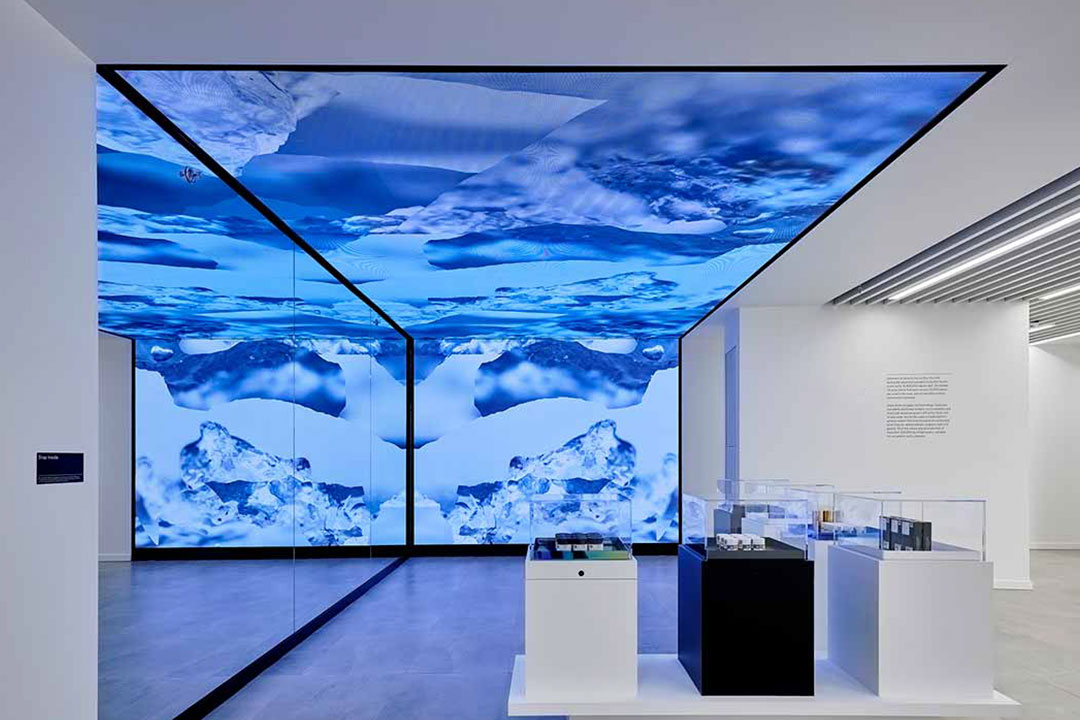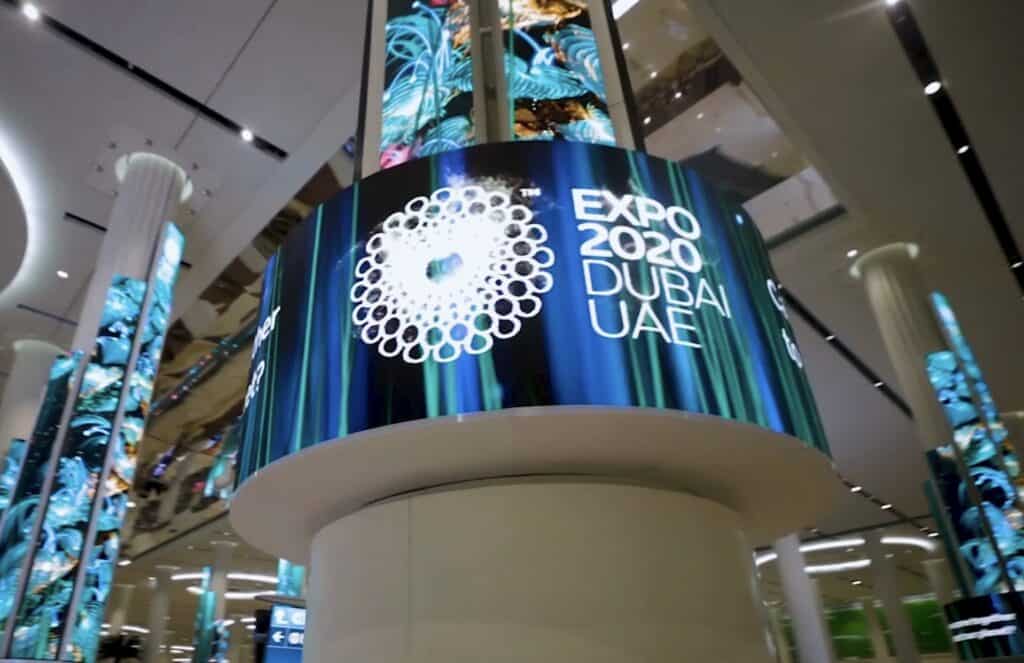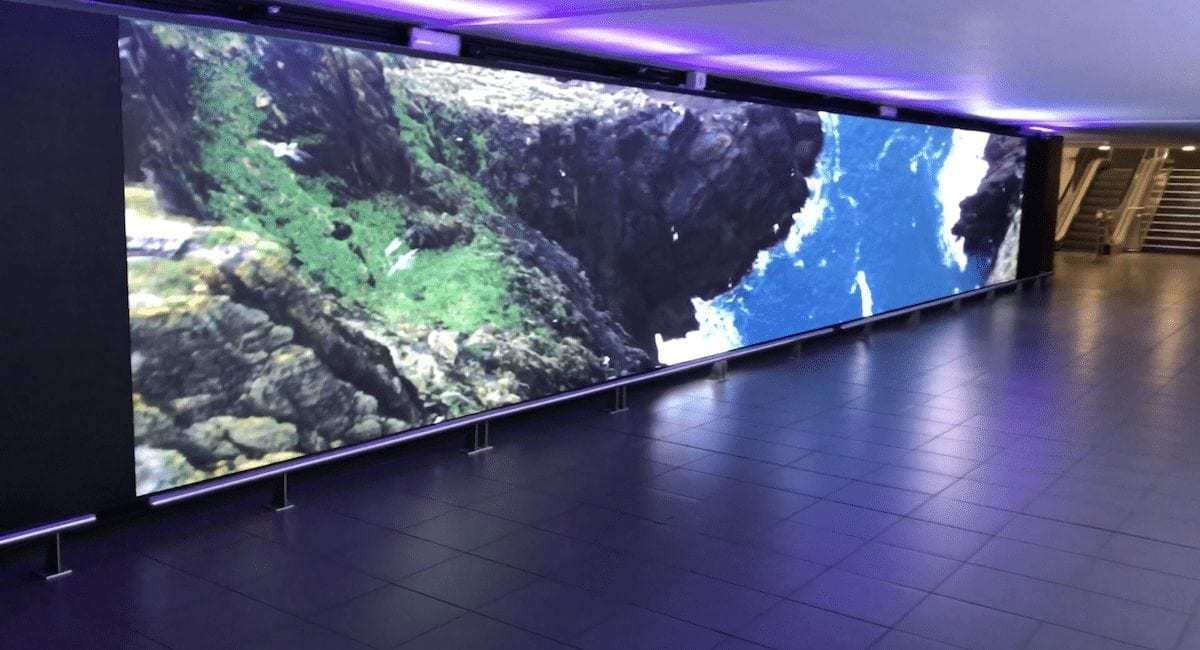Best Reasons To Selecting 3d Led Display
Wiki Article
How Important Is The Durability And Weather Resistance Of Led Displays When Investigating Led Displays?
It is crucial to look for LED displays that last and weatherproof, especially when they will be utilized outdoors or in areas that are heavily trafficked. Why they're important:
1. Cost-Efficiency & Longevity
Durability: LCD displays that are durable are designed to stand up to mechanical stress, including vibrations, impacts and other physical strains. Displays with a high level of durability last for a longer time. This makes it less necessary to replace or repair them often. This results in a better overall cost efficiency.
Applications: In settings that display screens are subject to physical damage, like in public spaces, sporting arenas or rental markets the quality of the display will ensure a long-lasting ROI on investment.
2. Outdoor Performance
Weather Resistant: Outdoor LED displays are constantly subject to various weather conditions that include snow, rain and wind as well as variations in temperature. Displays designed for weather resistance are built to work reliably in these conditions, without compromising performance.
IP Rating IP Rating Protection (IP) is also known as the rating for water and dust protection, reveals how well a product is protected against these elements. For outdoor displays, at least IP65 (protection against water jets and dust) is recommended. The display should be able to stand up to extreme weather conditions, and will not suffer from corrosion or short-circuiting.
Application: For outdoor installations such as billboards, digital signage, or stadium screens, weather resistance is critical. If a display fails because of bad weather could cause costly repairs and even downtime.
3. Temperature Resistance
Extreme Temperatures: LED display could be exposed to extreme temperatures as cold and hot that can impact their performance. The best displays can be used in a broad temperature range. Many of them have integrated cooling and heating systems for optimal performance.
Application: In regions that have extreme climates, whether hot deserts or cold winters, choosing a display with sufficient temperature resistance will ensure that it operates year-round.
4. and Moisture Barrier and Moisture Barrier
The LED displays that are waterproof protect internal components from short circuits and damage caused by moisture. This is particularly important in areas with high humidity or frequent rainfall.
Application: To ensure that there are no failures and to increase the life of displays, waterproofing of displays located in areas with coastal or near bodies of water is essential.
5. UV Protection and Sunlight durability
UV Resistance - Excessive exposure can discolor or deteriorate displays. Displays that are UV-resistant are designed to resist the harmful UV rays' effects, maintaining their appearance and functionality over time.
UV protection is required in areas where there is direct sunlight or sunny environments. Also, it is important for maintaining the quality of the image.
6. Safety and Compliance
Fire Resistance: In order to comply with safety standards Certain environments require displays with fire resistance properties. This is crucial, particularly in environments where there are large numbers of people in the area such as shopping malls and concert halls.
Application: Making certain that the display meets safety standards is not just a way to protect your investment, but can also help you comply with local regulations and avoid legal issues.
7. Reduction in downtime and maintenance
Low maintenance. Displays that are resistant to the weather and are resistant to environmental elements need less maintenance. This will reduce the costs of maintenance and downtime.
Application: In applications that require minimal maintenance, such as emergency information or transportation hubs, where disruption or downtime could be disruptive and costly durability and resistance to weather make sure that the display is functioning.
Conclusion:
The endurance and weather resistance of LED displays is crucial for their reliability, longevity and efficiency, particularly when used in high-stress outdoor environments. These aspects protect your investment because they guarantee that the display will withstand extreme conditions and decrease the need to repair it. They also ensure consistent performance. When researching LED displays, focusing on durability and resistance to weather is crucial in applications where environmental conditions play a significant role. See the top rated creative led displays for website examples including led display rental, advertising displays, led screen panels, wall tv led, led on screen, outdoor led screen, led screen rental, outdoor digital display, led screen panels, led the wall and more.

What Is The Significance Of The Viewing Angle In Led Display Research?
The angle of view is a very important factor to consider when researching LED displays, particularly for applications where the display will be viewed from various angles and positions. The reason why viewing angles is crucial:
1. Uniform Image
Definition The viewing angle of a LED display refers to the maximum distance at which the display can be seen with acceptable performance in terms of visual quality (typically in terms of intensity and color consistency). The angle of view is usually specified for both the horizontal and vertical directions.
Important An angle of view that is wide can ensure that the picture remains unchanged regardless of what location the viewer is in relation to the display. It implies that the brightness or color won't change when viewed above/below, or from the sides.
2. Audience Experience
Impact on Large Venues. Large spaces, like stadiums, concert halls, as well as conference centres, the audience members are spread out over an extensive space. The narrower the viewing angle, the worse it is for those seated at an angle that is sharp to the screen.
Application: When large-scale displays or events are planned with people within a wide arc around the event, it's essential to have a wide perspective so that everyone can enjoy the clear and vibrant image.
3. Suitability in Public Spaces
Public Display Applications. In places like shopping malls or transportation hubs, where people are looking at the display in all directions, the view angles are vital. A narrow angle of view could hinder the ability of a display's ability to draw and engage people who pass by.
Application: For digital signage in public areas Wide viewing angles increases the reach of the display and ensures that the display is clearly visible and attractive from a variety of perspectives.
4. Content Consistency
Color and Brightness Uniformity: A display with an unsuitable viewing angle might show color shifting or brightness loss when the angle is different that the central. This is especially problematic in relation to content that is brand-related, and where precision in color is crucial.
Application: For settings in where brand image or color consistency is critical, such a corporate environment or retail displays The wide viewing angle helps to make sure that the display's appearance is consistent across all angles of view.
5. Installation Flexibility
The flexibility of placement Flexibility of Placement: A display with an extensive viewing angle can allow greater flexibility when it comes to where it can go. You can use it in various inventive ways, such as to wrap around columns or place it where the viewers will approach from all directions.
Application Wide viewing angles are perfect for LED displays that are used in architectural or creative applications like those that are found in museums, galleries or immersive experiences. They permit more innovative designs, without compromising on the experience of the user.
6. Renting and staging Stages and renting
Event Settings Event Settings: For staging and rental, where displays are set up in different configurations and at different locations, a wide view angle is essential to ensure that the display can function efficiently in every setting and maintain the same level of quality regardless of the position of the audience.
Application Large viewing angles are great for events such as trade shows or concerts where the audience is likely to move or view the stage from different places.
7. Impact of ROI
Maximizing visibility: A display with a wide viewing angle will attract a wider audience and increase its impact, which in turn could increase the value of investment. This is particularly important for advertising screens or informational display where visibility is vital to get the desired outcomes.
Application Commercial installations making sure that the display is easily viewable from different angles can improve engagement, and consequently the quality of the information being displayed.
Conclusion:
The angle of view directly influences the visibility of LED displays, as well as their efficiency and consistency. It is crucial in situations where the audience is spread out and the display can be seen from different angles, or where content consistency is essential. When looking into LED displays, the wide viewing angle must be prioritized to ensure that the display is able to meet the requirements of your specific application and provides a high-quality viewing experience for all users. View the most popular led rental screen for website tips including led display screen, led a board, transparent led panel, led screen, transparent screen monitor, wall screen, outdoor led screen display, transparent screen, video walls, outdoor digital screens and more.

What Is The Importance Of The Content Management System And Compatibility In The Process Of Researching Led Displays?
When researching LED displays, compatibility and the Content Management System (CMS), are crucial to take into consideration particularly when the content is required to be updated frequently, managed at multiple locations or integrated into different digital systems. Here are some reasons to consider why CMS and compatible displays are crucial.
1. Content Management Made Easy
CMS Functions. A powerful CMS lets you easily schedule and control your content on LED screens. It offers a user-friendly interface for uploading content and organizing playlists. You can also plan display times.
Important: For companies who need to update their content frequently, such as retailers, advertising networks, or venues for events A powerful CMS streamlines operations, reducing the time and effort to manage display displays.
2. Remote Control and Flexibility
Remote Management A great CMS can allow remote management for displays. This enables content to be updated remotely from any place. This is crucial for companies that have multiple displays on different websites because it provides central control, and also ensures uniformity in the way that messages are sent out.
Application Remote management is vital in situations such as corporate communications and digital signage networks, or educational institutions with displays spread out across different places. They are also necessary for maintaining a consistent and efficient distribution of content.
3. Scheduling Automation
Content Scheduling: A CMS which includes scheduling capabilities allows you to schedule your content prior to time to ensure that the appropriate messages will be shown at the right times. This is a good way to target certain groups at certain times of the day, or for occasions that require special attention.
Automation: Automated updates reduce the need for manual updating taking time and making sure your information is up-to-date. This is particularly useful in environments that are dynamic, such as airports, hotels, or large venues.
Application: For companies that require to manage content around 24/7, such as news broadcasters, transport hubs or major retail chains, scheduling and automation capabilities within the CMS are crucial to ensure efficient operations.
4. Compatible with existing systems
Integration: It's vital to make sure that the media players, software, or IT infrastructure are compatible with each other. A CMS which can be integrated with other digital platforms and tools including tools for creating content, analytics tools, or customer relationship management (CRM) systems, provides significant value.
Application: If digital signage is required to integrate with other systems, such as smart cities that integrate customer data, or huge corporate networks that have data integration, compatibility is essential to ensure seamless operation.
5. Scalability
Future expansion: With a flexible CMS that is easily expandable, you can increase the capacity of your system to meet the future demands. You can add additional displays and manage a larger collection of content, or move to another location without having to update your entire system.
Application: If a business intends to expand its operations, whether it is a retail chain, a hospitality group, or if they are part of diversified corporations, then an scalable CMS can ensure that their digital signage infrastructure can grow along with the company.
6. Content Variety Support and Support
Content Types. A CMS should provide a variety of formats such as audio, text, images and video. This flexibility will allow you to produce diverse and entertaining content that is customized to the needs of your target audience.
Application: In environments where content diversity is key for entertainment venues, educational institutions, or even advertising networks, the ability to support multiple content types ensures that the display can satisfy all needs for content.
7. User Access Security
Role-Based Control: A CMS with a role-based control feature provides different permission levels for different users. It is vital to ensure that only authorized employees are able to make changes.
Security: It's essential that CMS has strong security features to guard against unauthorized access which could result in unsafe or inappropriate information being shown.
Applications Role-based access and security are vital for businesses that have multiple users who manage content. These include corporations, universities and government entities.
8. Content updates in real-time
Live Content Integration: Some applications can benefit greatly by integrating live feeds or updating content in real-time (such a live news feed, social media or event coverage). This is important, especially for live broadcasts and events.
Application: In venues such as news stations, sports arenas, or live event venues Real-time updates to content ensure that the audience receives the most up-to-date information, increasing the value and impact of the show.
9. Reporting and Analytics
Performance Metrics. A reliable CMS should provide analysis and reporting tools that enable you to monitor the performance of your content. Understanding viewer engagement, content efficiency, and ROI is crucial for optimizing future content and ensuring that the displays have met their goals.
Applications include reporting and analytics capabilities. These are crucial to businesses who depend on data as a basis for making decision. This includes advertisers, retailers, as well as public information systems.
Conclusion:
A strong CMS along with solid compatibility are essential components for a successful LED strategy. They enable efficient content management, provide seamless integration with existing platforms, and provide the flexibility and scalability required to accommodate a wide range of applications. If you are researching LED display options, choose a CMS that is aligned to the needs of operational use. These features not only improve the efficiency of LED displays but increase the effectiveness and return on their investment. See the top flexible led panels for site tips including led a board, display screens, video wall church, led display device, church video wall, video wall tv, transparent led screen, led outdoor display screen, flexible led display, transparent led screen display and more.
